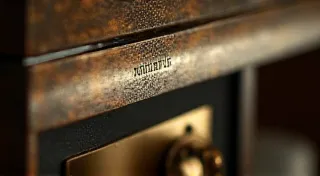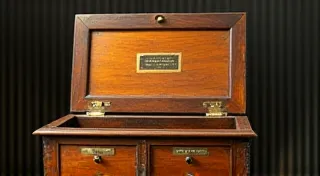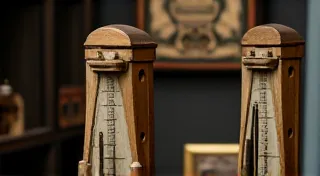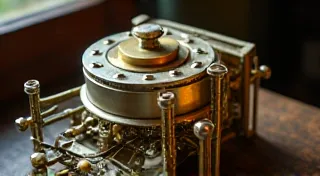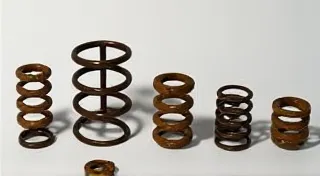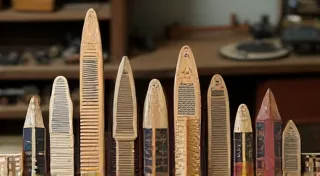The Importance of Documentation When Repairing Antique Music Boxes
Repairing antique music boxes is a rewarding pursuit, blending craftsmanship with a deep appreciation for history. However, it's also a delicate process. Before you even touch a single component, consider the immense value of thorough documentation. It's more than just a nice-to-have; it's crucial for successful repairs, future reference, and preserving the integrity of these intricate mechanical marvels.
Why Document Your Music Box Repair?
Let’s break down why keeping detailed records is so vital:
- Reverse Engineering: Antique music boxes are often complex, with parts fitted in specific ways and mechanisms reliant on precise alignments. If you need to disassemble something further, documentation acts as your roadmap, guiding you back to the original configuration.
- Problem Solving: During repair, unexpected issues frequently arise. Documenting the original condition and any modifications you make provides valuable clues for troubleshooting later on. "I thought *this* was the problem... ah, it was actually *that*!" becomes a much less frustrating experience with good notes.
- Future Reference (Your Own): Even experienced repairers forget details. Six months from now, when you’re working on another music box, you might find yourself wondering, "How did I handle that particularly tricky component?" Your documentation provides the answer.
- Preserving History: You're not just fixing a machine; you're preserving a piece of history. Detailed records contribute to the collective knowledge of music box restoration, benefiting future restorers.
- Avoiding Permanent Mistakes: The fear of irreversible damage is a constant worry. Documentation allows you to reassess your actions, trace back errors, and potentially correct them before causing irreparable harm.
What to Document – A Practical Guide
So, what exactly should you be documenting? Here's a breakdown of essential elements:
1. Initial Assessment & Photography
Begin with a comprehensive assessment of the music box's condition. This includes:
- Overall Appearance: Note any obvious damage, corrosion, missing parts, or modifications.
- Functionality: Document how the music box operates (or doesn't operate) before any intervention.
- Photography is Key: Take numerous photographs from various angles. Close-ups of damaged areas, overall views, and detail shots of moving parts are all critical. These photos are invaluable for reference.
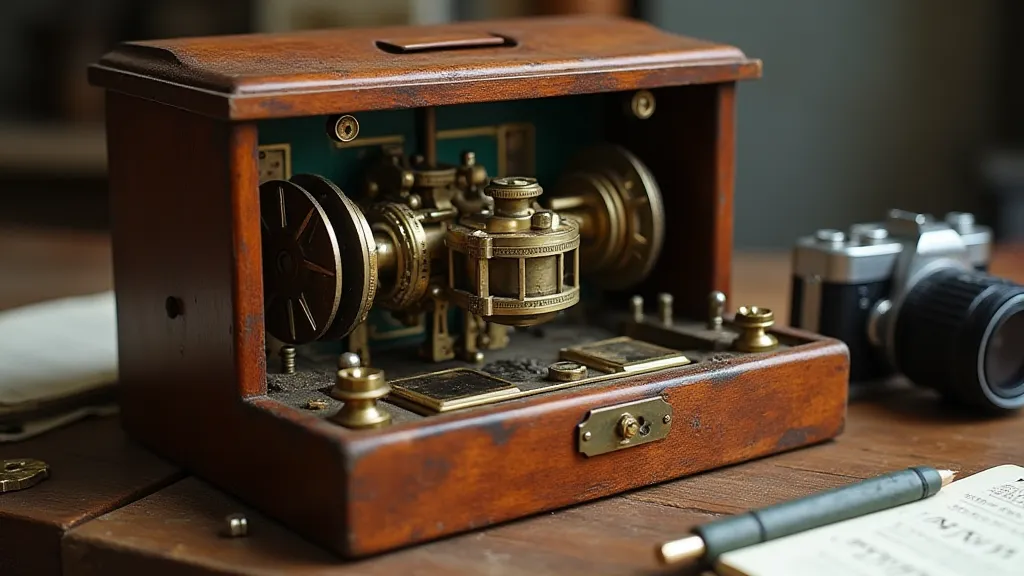
2. Disassembly & Part Identification
As you disassemble the music box, meticulously record each step.
- Sequence of Removal: Note the order in which parts are removed. This is crucial for reassembly.
- Part Identification: Label each part clearly. If you’re unsure of a part's name or function, note it and research it later.
- Diagrams & Sketches: Simple diagrams or sketches can be incredibly helpful, especially for complex mechanisms.
- Photograph Each Step: Take pictures after each significant disassembly step.
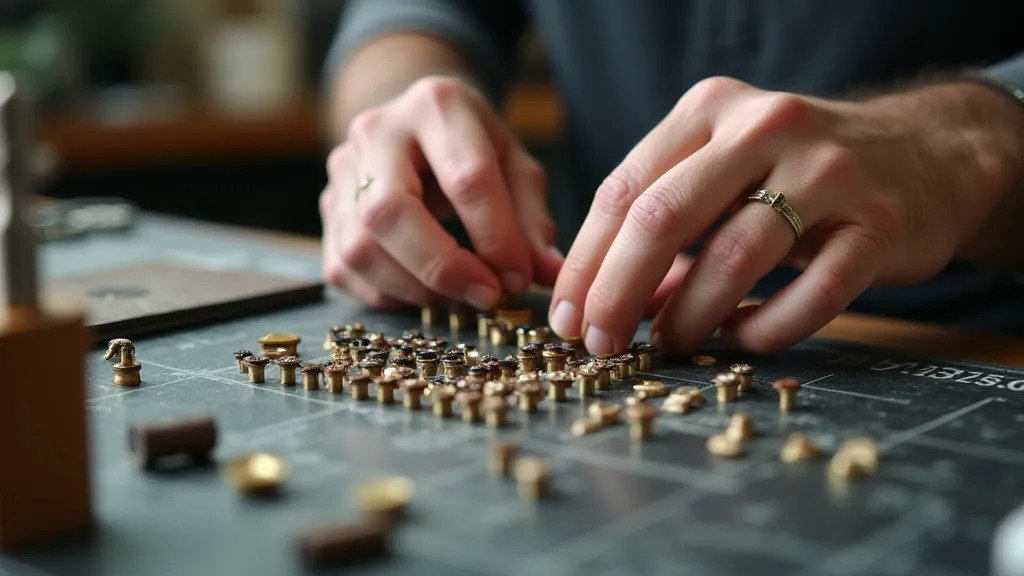
3. Repair Process & Modifications
While performing repairs, record every action:
- Materials Used: Note the type and source of any replacement parts or materials.
- Techniques Employed: Describe the techniques used for cleaning, soldering, lubrication, or any other repair procedure.
- Changes & Modifications: If you deviate from the original design or make any modifications, document the reason and the details of the change.
4. Reassembly & Final Documentation
As you reassemble the music box, double-check each step against your documentation.
- Photograph the Process: Continue to take pictures during reassembly.
- Final Test & Notes: Once complete, test the music box thoroughly. Record any remaining issues or observations.
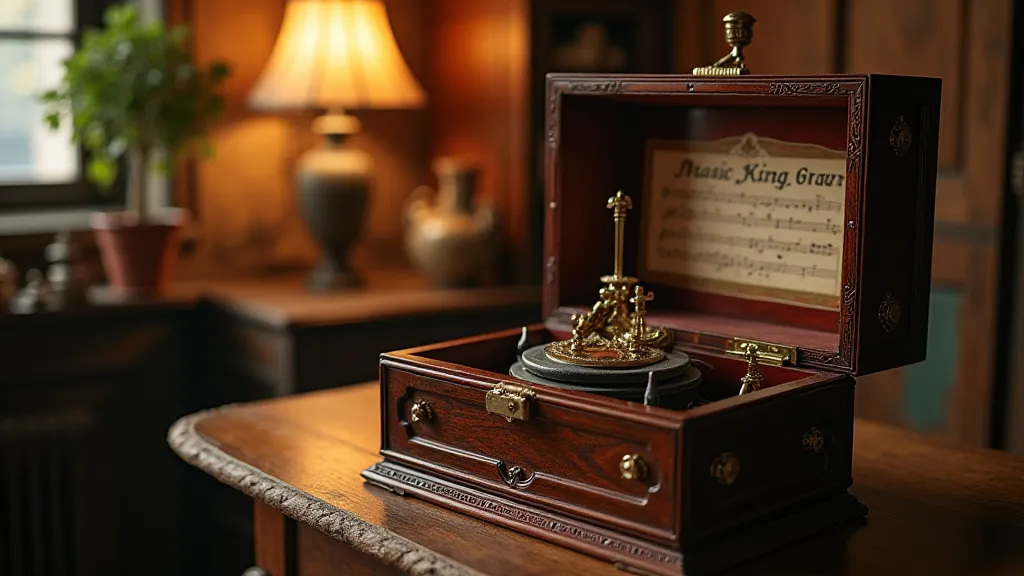
Tools for Documentation
You don’t need fancy software. Simple tools work just fine:
- Notebooks & Pencils: A reliable notebook and pencil are essential for handwritten notes and sketches.
- Camera (Phone Camera is Fine): The camera on your phone is perfectly adequate for taking photographs.
- Digital Voice Recorder: For recording verbal notes or explanations.
By embracing the practice of thorough documentation, you’re not just repairing an antique music box; you're safeguarding its history and ensuring its continued enjoyment for generations to come.
